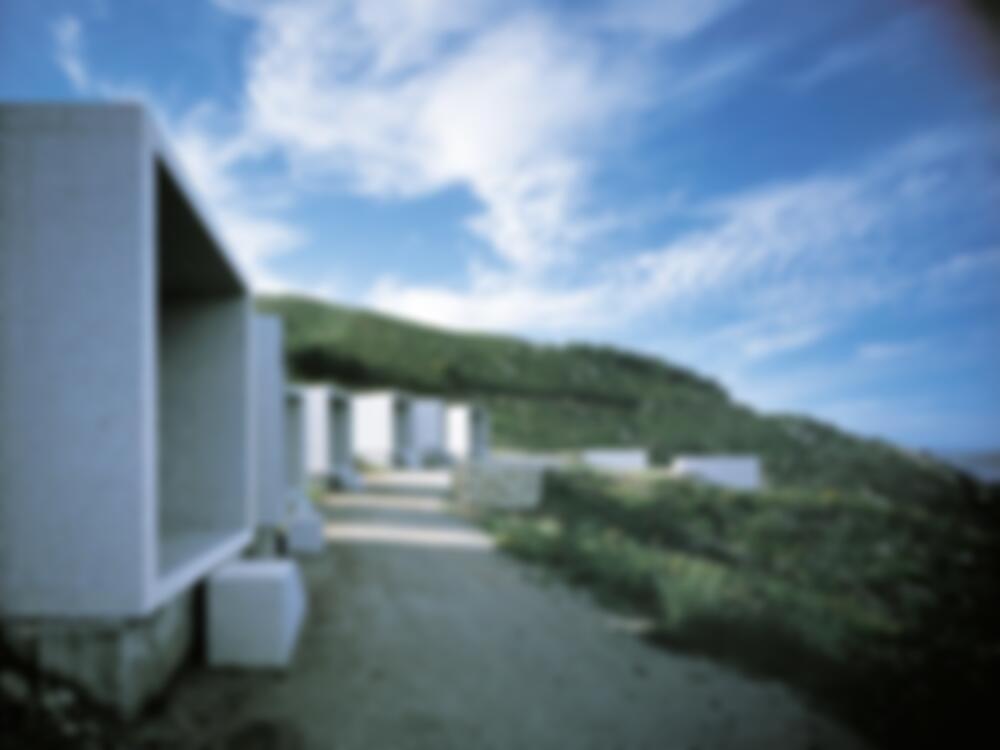The northwestern corner of the Iberian peninsula, around Santiago de Compostela, is also the westernmost point on the European mainland. ‘Finisterre’, or land´s end, is what the locals call this stretch of coast. The rocky cliffs and broad expanse of sea provided the inspiration for the granite cubes of this cemetery – they line the winding path like flotsam washed...
Cemetery in Galicia
Issue
11/2003 Building with Stone
Source
DETAIL
Task
New construction
Location
Spain, Galicia
Architecture
César Portela

© Hisao Suzuki

© Hisao Suzuki